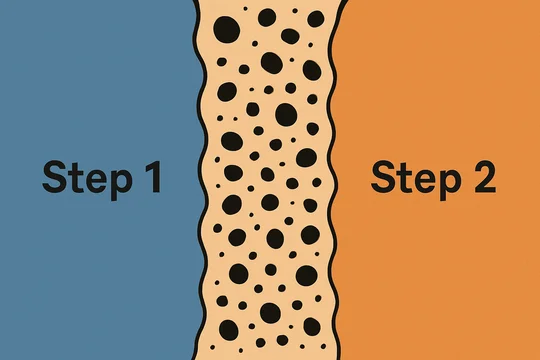
The "printed matter" doctrine states that elements claiming printed matter—e.g., text printed on paper or some other substrate—bear no patentable weight unless the printed matter and the substrate are functionally related. As the Federal Circuit explained today:
[P]rinted matter encompasses any information claimed for its communicative content, and the doctrine prohibits patenting such printed matter unless it is “functionally related” to its “substrate,” which encompasses the structural elements of the claimed invention.
In its decision, the Federal Circuit noted the Court has—incredibly—never addressed whether a claim directed to printed matter is ineligible under § 101:
Notably, since the Supreme Court articulated its two-step framework in Alice, this court has not directly addressed whether a patent claim as a whole can be deemed patent ineligible on the grounds that it is directed to printed matter at step one and contains no additional inventive concept at step two.
It held that, yes, a claim directed to printed matter is ineligible under § 101:
We therefore hold that a claim may be found patent ineligible under § 101 on the grounds that it is directed solely to non-functional printed matter and the claim contains no additional inventive concept.
The Federal Circuit did not affirm the District of Delaware's finding of ineligibility, however, because the accused infringer had failed to show that at least one element of the claims was routine or conventional:
There is no evidence in the record that [at least one] step was routinely conducted in the prior art.
We therefore hold that the asserted claims are not patent ineligible under § 101 because the claims in their entireties are not solely directed to printed matter.
This Apparently Never Came Up In The Six Years Since Alice
It's remarkable that it took so long for this to be addressed in a case at the Federal Circuit. I recall discussions about the printed matter doctrine back around the time of Alice in 2014, and how it could potentially mean that graphical user interface (GUI) elements in software patents—which are arguably analogous to printed forms—should not be patent eligible.
I haven't heard of that exact argument being made in a case, but it probably has been, and in light of this decision it may be a potential route to ineligibility for patents directed to GUI elements.
If you enjoyed this post, consider subscribing to receive free e-mail updates about new posts.




